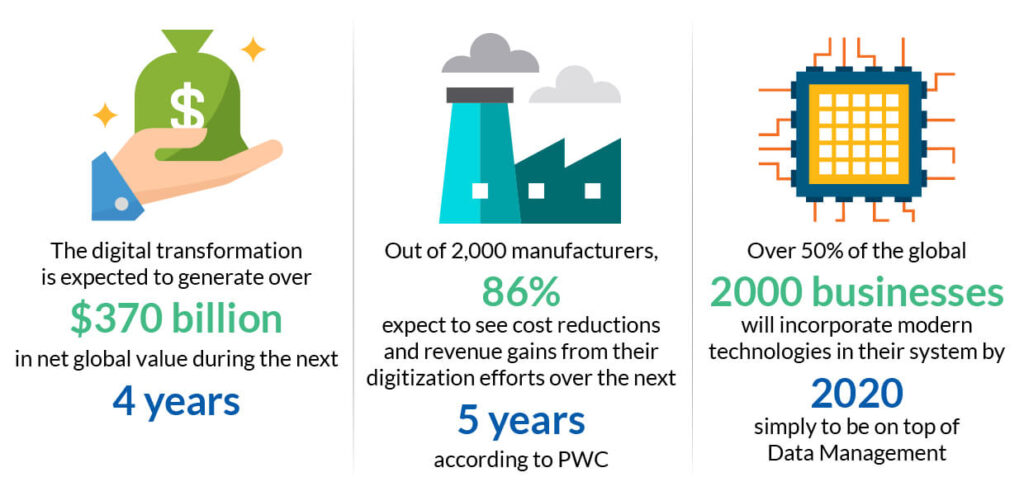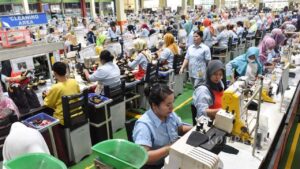India's global exports in labour-intensive sectors declined in last 5 years: FIE

The labour-intensive sectors hold immense significance in India, not only for their job creation potential but also for their substantial contribution to net high-value addition.With India experiencing a decline in global market share across segments during the last five years, the labour-intensive export sectors such as apparels, marine products, plastics, and gems and jewellery are showing a “troubling pattern”, news agency PTI quoted FIEO report as saying.
The Federation of Indian Export Organisations (FIEO) also said that a note of caution is warranted regarding a distinct spike in export growth of roughly $40 billion as this particular surge is likely attributed to a rerouting of crude oil trade routes via India to Europe. It added that this phenomenon may not be sustainable in the coming years.
Among other things, the report said that the most “pressing concern” regarding the negative export growth is the “poor” performance of labour-intensive sectors. The labour-intensive sectors hold immense significance in India, not only for their job creation potential but also for their substantial contribution to net high-value addition.
“Addressing this challenge requires a proactive approach that delves into the underlying factors contributing to the loss of market share. It calls for a comprehensive analysis of the dynamics at play, ranging from maintaining the competitive advantage, reducing the production costs and increasing efficiency to quality and innovation,” the report said. 
Elaborating on the importance of promoting traditional sectors, FIEO said that the exports of mobile phones, which amounts to $10 billion, has a net value addition of about $1-2 billion. On the other hand, $10 billion worth of exports of traditional sectors would have a net value addition of over $9 billion, it added.
“An analysis of sector-wise export performance for the last five years reveal the troubling pattern that India is experiencing a decline in global market share across labour-intensive sectors,” the organisation said. The report mentioned apparels, knitted garments, marine products, plastics, gems and jewellery sectors have raised concerns due to their modest growth rates ranging from 1 per cent to 2 per cent. Notably, the global trade in knitted garments expanded by 6 per cent, whereas India’s growth remained at a mere 2 per cent. In woven garments, despite a global trade growth rate of about 2 per cent, India’s export growth has consistently been below 1 per cent for years, while Bangladesh and Vietnam growing at 6 per cent and 4 per cent, respectively, impacting India’s share.
“In the footwear sector the global trade expanded by 5 per cent, but India’s exports have contracted. Bangladesh’s brilliant growth from $1 billion to $1.7 billion over three years is in contrast with India’s meagre growth from about $2.8 billion to $3 billion,” it said.
Apart from this, the report said India’s aspiration to be a global pharmacy leader faces challenges. It said despite the ambition, India’s growth has not matched demand, lagging at 9 per cent while the global market grew by 12 per cent in the past four years. “Concerns arose due to criticism linked to cough syrup, underlining the need for an efficient trace and tracking system for quality assurance,” it said.
Further, it said that an analysis of technology-driven sectors indicates a significant surge in global demand for machinery, auto components, electrical and electronics goods. “These sectors collectively contribute to about one-third of the global trade, amounting to over $7 trillion. However, India’s current market share in these sectors stands at a mere 1 per cent. Intriguingly, India’s imports of these goods are substantial, hovering around $100-120 billion,” it said.
On the basis of the export performances of the leading six competing countries (India, Bangladesh, China, Vietnam, South Korea, Malaysia and Indonesia) over the past six months (January-June 2023), it becomes evident that unfortunately both India and South Korea have consistently displayed a negative growth rate in their exports during this period. While, China, Malaysia, and Indonesia have shown positive growth rates in two out of the six months.
Author : Livemint



